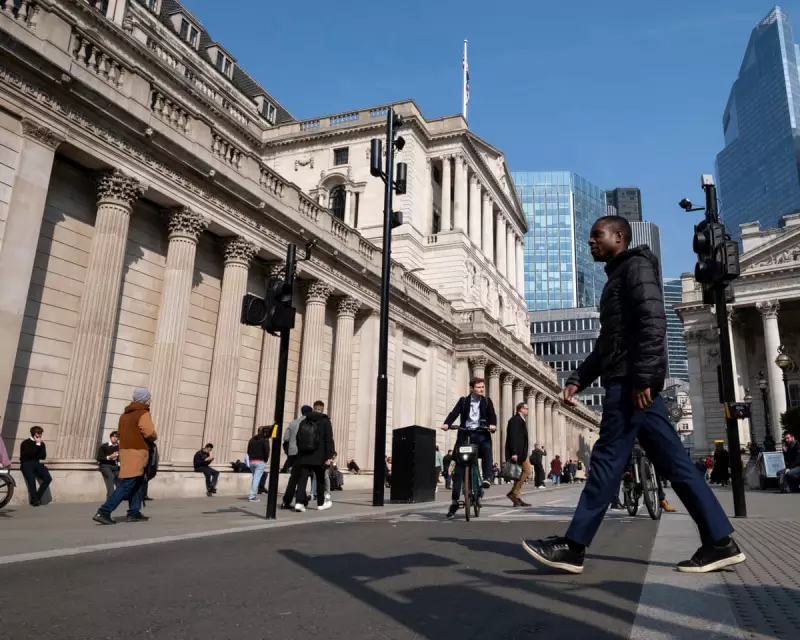
The UK's economic landscape has been rocked by a dramatic surge in government borrowing costs, creating a major challenge for Chancellor Rachel Reeves just months into her tenure. Government bond yields have climbed to their highest point in over twenty years, signalling growing market concerns about Britain's fiscal health.
What's Driving the Surge in Borrowing Costs?
The recent spike in gilt yields reflects mounting investor anxiety about several key factors affecting the UK economy. Market participants are increasingly worried about persistent inflationary pressures and the growing burden of government debt. This comes at a particularly sensitive time for the new Labour administration, which has ambitious spending plans but now faces significantly higher costs to fund them.
The Impact on Public Finances
Higher borrowing costs translate directly into increased interest payments on the national debt, potentially forcing difficult choices elsewhere in the budget. The Treasury now faces the prospect of allocating billions more pounds simply to service existing debt, money that could otherwise have been directed toward public services or investment in growth initiatives.
Market Reaction and Government Response
Financial markets have responded cautiously to the developments, with analysts closely watching the Bank of England's next moves. The central bank finds itself walking a tightrope between controlling inflation and avoiding further pressure on government borrowing costs. Meanwhile, the Chancellor's team is understood to be evaluating options to reassure markets while protecting key government priorities.
Looking Ahead: Challenges for Economic Policy
This development represents one of the first major economic tests for the Labour government. The rising cost of borrowing could force a reassessment of spending timelines and fiscal rules. How the government navigates these choppy waters will be crucial for both market confidence and the delivery of its economic manifesto commitments.
The situation remains fluid, with economists watching closely to see whether this represents a temporary market adjustment or the beginning of a more sustained period of higher borrowing costs for the UK government.





